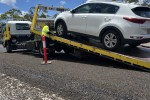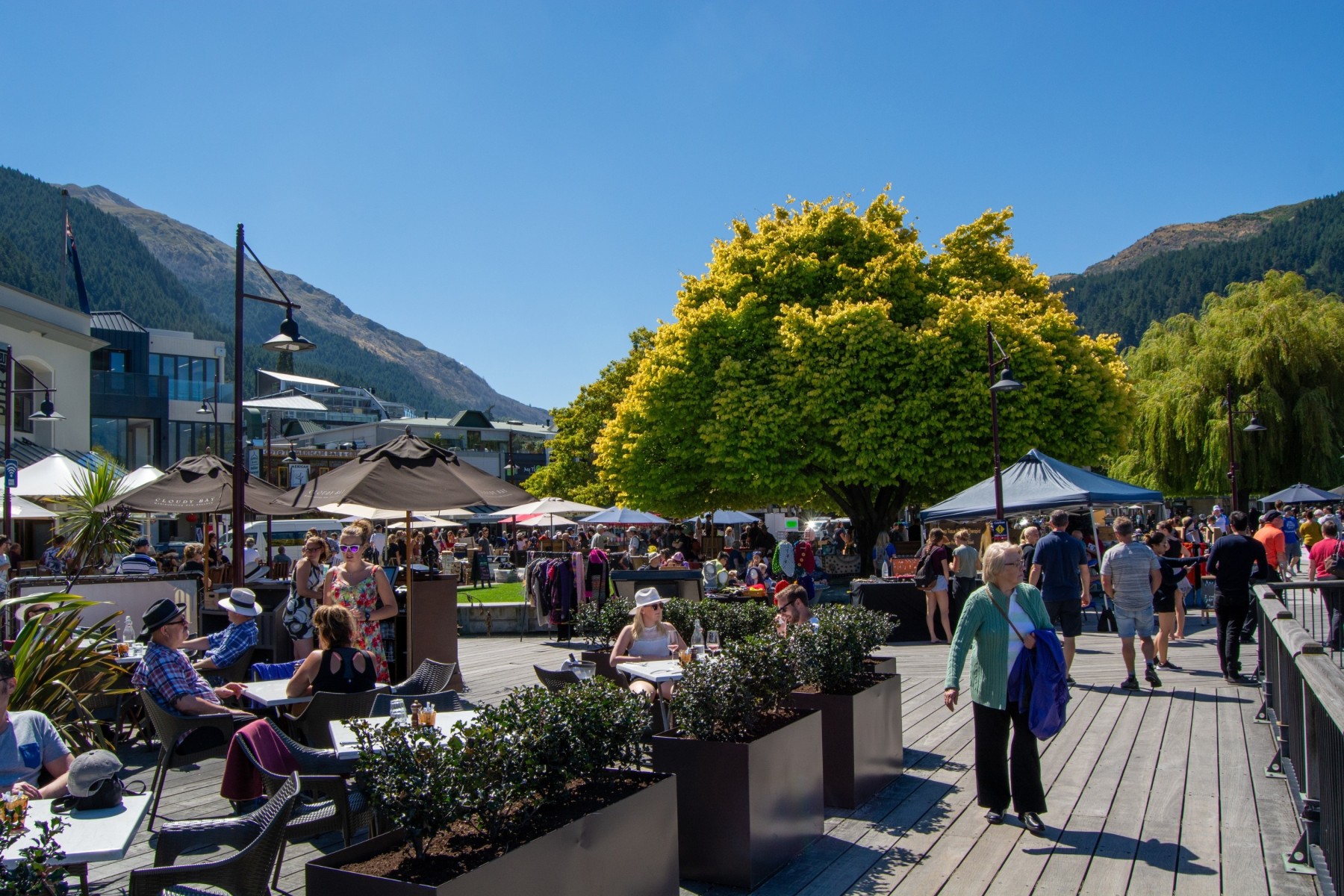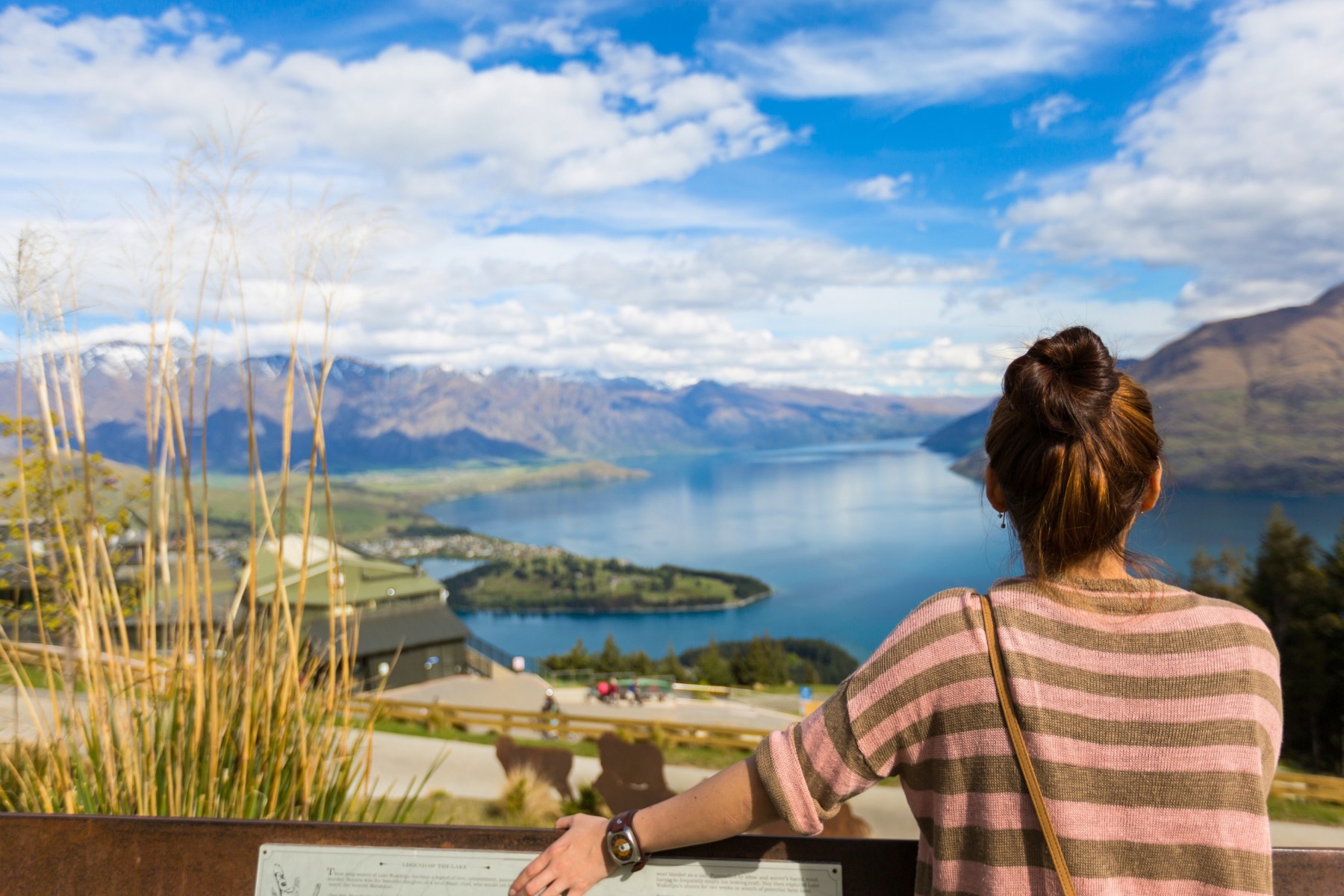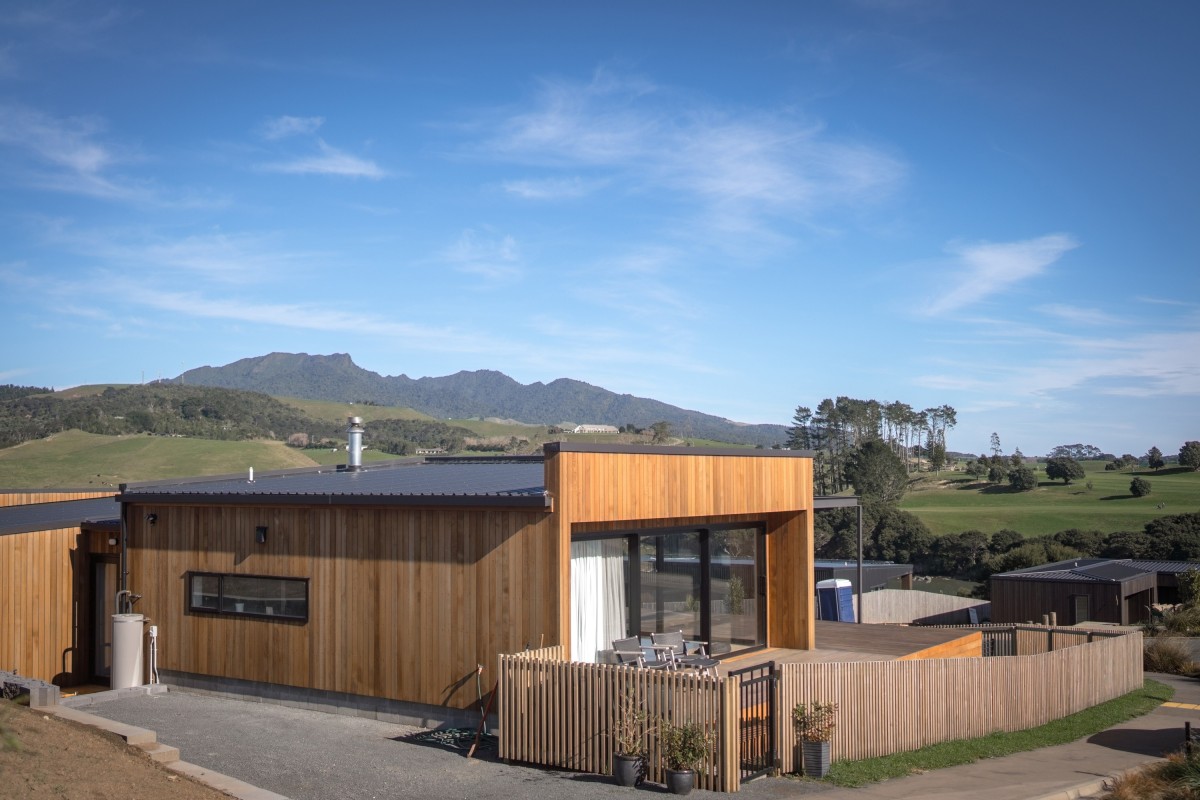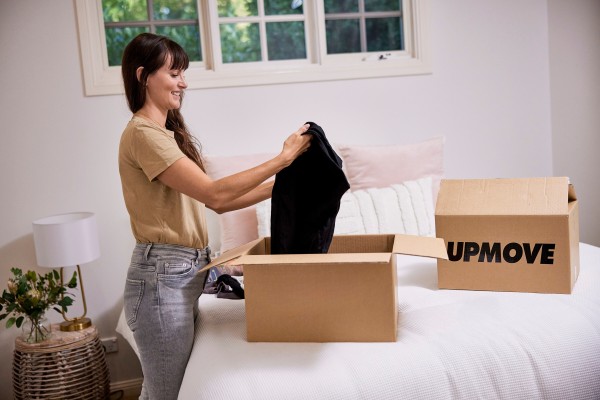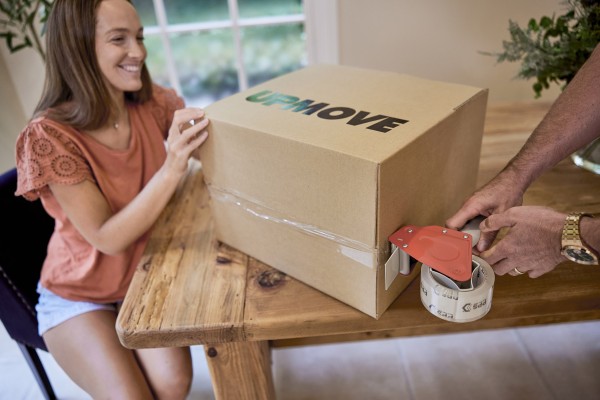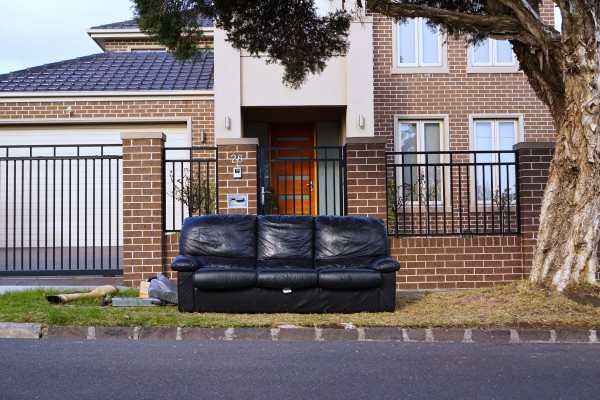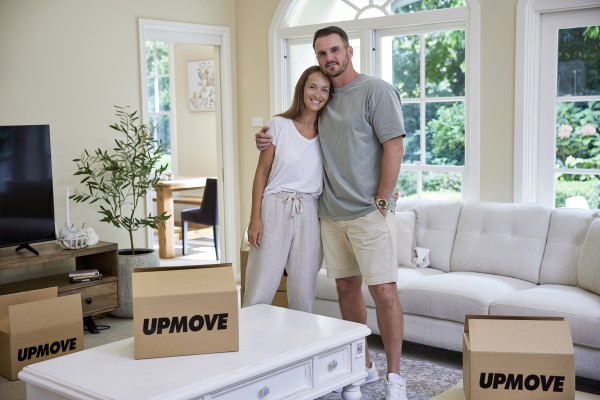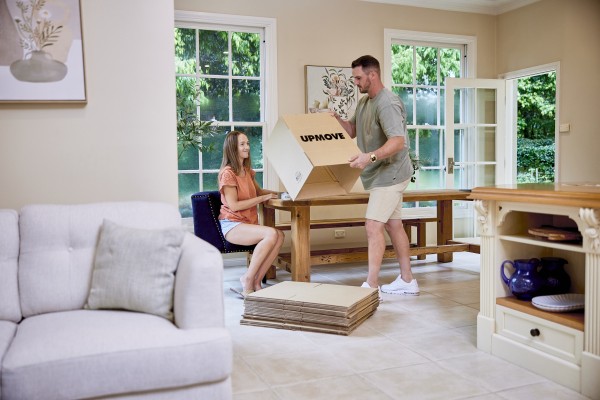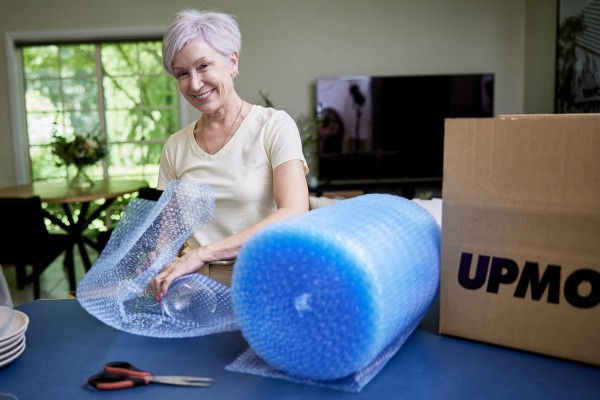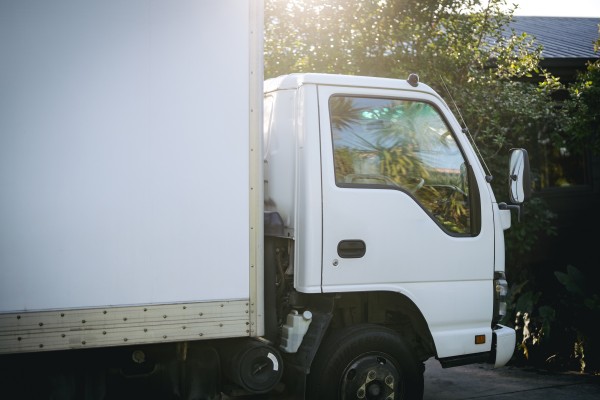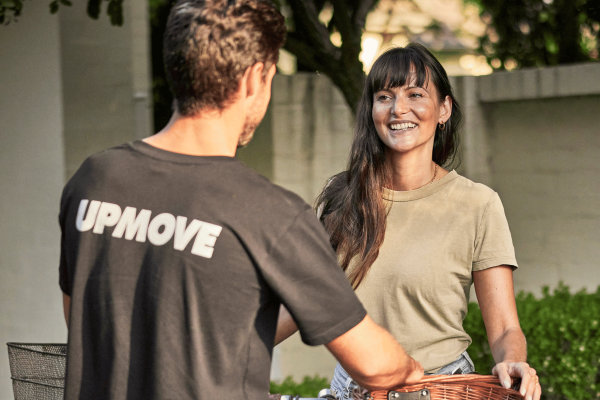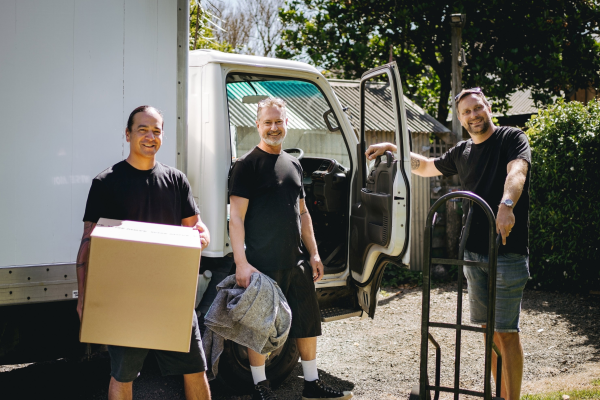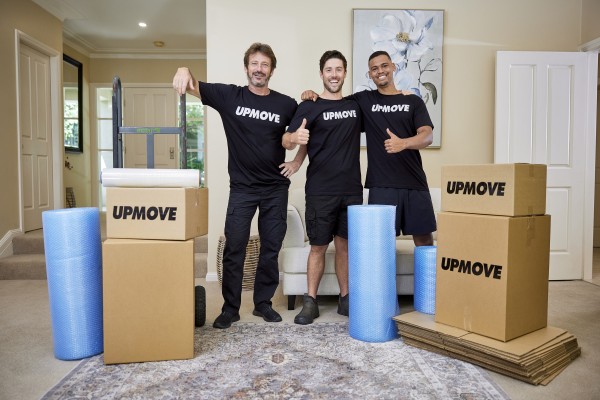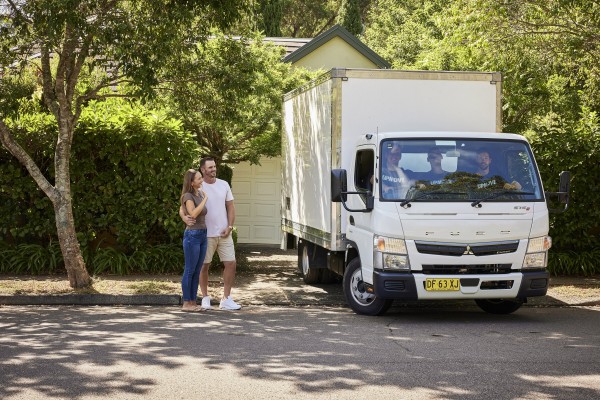Your complete guide on moving to New Zealand from Australia


If you’re thinking of moving to New Zealand from Australia, you’re not alone. Every year, thousands of Aussies make the leap across the Tasman for work, lifestyle, or simply a change of scenery. The two countries are close in distance and culture, but there are still plenty of differences to keep in mind before you start packing.
From visas and job opportunities to setting up a bank account and shipping your belongings, here’s what you need to know to make your move smooth and hassle-free.
Reasons to move from Australia to New Zealand
Work opportunities across the Tasman
It’s long been a popular destination for Australians, with its stunning natural landscapes, relaxed lifestyle and strong ties to the land down under, it’s an appealing option for anyone looking for a fresh start.
Lifestyle and family appeal
Many Aussies head over for work opportunities in industries like healthcare, trades, and IT. Others are drawn by the chance to slow down, raise a family in smaller communities, or enjoy easy access to outdoor adventures.
Familiar yet different
There’s also a sense of familiarity. Both countries share language and lifestyle similarities, but New Zealand has its own identity, making the move feel both comfortable and adventurous.
Do Australians need a visa to move to New Zealand?
One of the big questions people ask is: Can Australians work in New Zealand? The answer is yes, and it’s refreshingly straightforward compared to many other international moves.
Trans-Tasman Travel Arrangement explained
Australians moving to Kiwi Land benefit from the Trans-Tasman Travel Arrangement, which makes the process far simpler than most international relocations.
Thanks to this arrangement, Australian citizens and permanent residents can live and work in New Zealand without applying for a visa beforehand.
Special Category Visa (SCV) on arrival
When you arrive, you’ll automatically be granted a Special Category Visa (SCV), which allows you to stay indefinitely as long as you remain an Australian citizen or permanent resident. This makes it easy to start looking for work, enrol kids in school, or simply settle in without layers of red tape.
Job opportunities in New Zealand
If you’re curious about what the job scene looks like in New Zealand right now, the picture is a bit mixed but still positive.
- According to Stats NZ, the labour market has stayed fairly steady through 2025, though there have been some job losses in trades and machinery operators.
- Australians used to higher average salaries will notice pay packets are generally smaller, but the trade-off is often a more balanced lifestyle.
- Weekly take-home pay: Sydney sits around AU$1,440, while in Auckland it’s closer to NZ$1,000 (Moving to Australia, 2024).
- Plenty of people still value the trade-off between smaller salaries and a slower, outdoor-focused lifestyle.
Cost of living in Australia vs New Zealand
Cost of living is another factor to consider.
- Overall, Australia's costs can be about 15–20% higher, depending on the city. This is especially the case when it comes to housing.
- Compared to cities like Sydney or Melbourne, housing prices outside Auckland and Wellington can feel refreshingly affordable.
- So while you might take home lower wages in New Zealand, you could find your money stretches further in day-to-day life, particularly outside the main centres.
Setting up your life
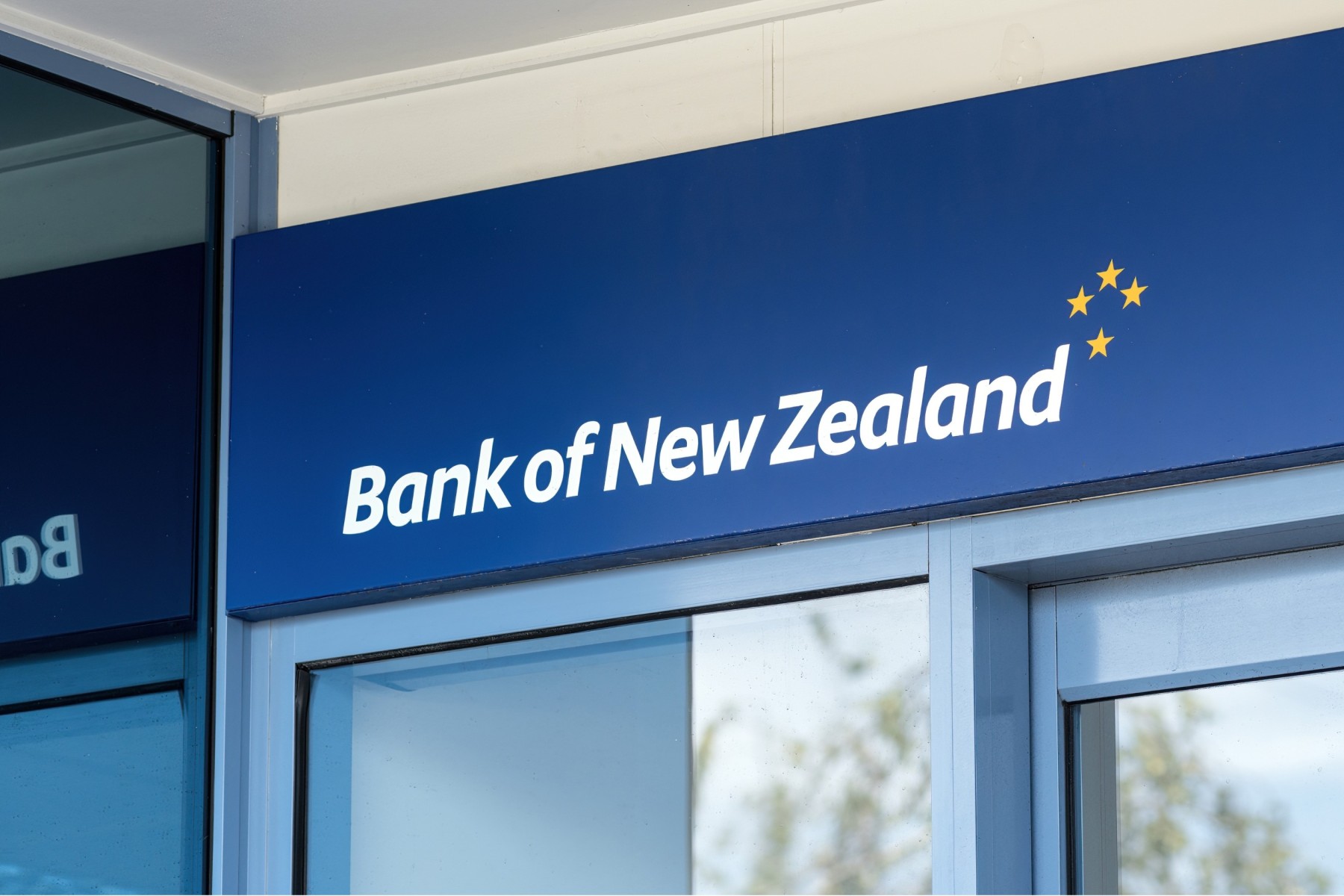 Once you arrive, setting up the basics helps you feel settled quickly.
Once you arrive, setting up the basics helps you feel settled quickly.
Bank accounts and tax
You’ll need to open a New Zealand bank account to get paid, which usually requires ID, proof of address and sometimes a New Zealand IRD (tax) number. Many major banks allow you to start the application online before you move, so you can hit the ground running.
Healthcare and insurance
Healthcare in New Zealand is publicly funded, similar to Medicare in Australia. As an Australian, you’re eligible for subsidised healthcare because of the Reciprocal Health Care Agreement (RHCA), though you may also want to consider private health insurance for shorter wait times and more options.
Sorting out paperwork is one thing, but don’t forget to plan for moving insurance if you’re shipping valuables overseas.
Shipping your stuff across the Tasman
If you’re taking more than a few bags, you’ll probably need a shipping container or a moving company to get everything to New Zealand.
Sending containers between Australia and New Zealand is really common, but prices change depending on how much you’re moving and which port you’re using.
- If you have a whole house of belongings, a full container is usually the best option.
- For smaller loads, sharing a container with others moving to NZ from Aus can be a budget-friendly option.
Just be aware that New Zealand has pretty strict rules about what you can bring in. Items like plants, untreated wood and some foods can be problematic.
Sharing a container is a popular way to cut costs, but it pays to read up on moving costs so you’re not caught off guard.
Is moving to New Zealand from Australia worth it?
Ultimately, it depends on your goals.
- Many people find the slower pace, stunning scenery and sense of community in New Zealand a refreshing change.
- Families often appreciate smaller schools and outdoor-focused lifestyles.
- Professionals may see new opportunities in industries that are growing across the country.
That said, it’s also worth considering that in some parts of New Zealand, particularly Auckland and Wellington, housing can be expensive. Salaries may also be lower than in Australia.
Balancing these realities against the lifestyle benefits will help you decide if the move makes sense for you.
Moving from New Zealand to Australia
Of course, plenty of Kiwis also make the move the other way, often heading across the ditch for higher salaries, broader job opportunities and bigger cities. If you’re weighing up whether it’s worth moving to Australia from NZ, the same considerations apply in reverse.
Australians and New Zealanders both enjoy the freedom to move easily between the two countries. This means if you make the leap and later decide you want to return, the process is relatively simple compared to other international moves.
Permanent residency and long-term options
While Australians can stay indefinitely on the Special Category Visa, some, including those on an Australian PR to New Zealand pathway, choose to apply for permanent residency or citizenship if they plan to stay long-term. This can provide additional security, access to certain rights and benefits, and a pathway for family members who are not Australian citizens.
If you’re thinking about applying, it’s worth seeking professional advice or checking the New Zealand Immigration website for the most up-to-date information.
Work-life balance in New Zealand
One of the biggest drawcards for Australians making the move is the lifestyle. Short commutes, access to beaches and mountains, and a culture that values downtime all contribute to a healthier work-life balance.
New Zealanders generally place a high value on family, community and outdoor living, which makes it easier to unplug from work and enjoy your surroundings.
FAQs about moving to NZ from Australia
Can Australians work in New Zealand?
Yes. Under the Trans-Tasman Travel Arrangement, Australians can live and work in New Zealand without applying for a visa in advance. When you arrive, you’ll be issued a Special Category Visa (SCV) that lets you stay and work indefinitely, as long as you remain an Australian citizen or permanent resident.
Is healthcare free for Australians in New Zealand?
Australians are eligible for publicly funded healthcare in New Zealand, much like Medicare at home. You’ll still need to enrol with a local GP to access subsidised care, and many people also choose private cover to cut down on wait times or expand their treatment options.
How much does it cost to ship furniture to New Zealand?
Costs vary depending on how much you’re moving and where you’re shipping from. A full container is usually best for an entire household, while a shared container is a cheaper option if you only have a smaller load. Prices typically range from a few thousand dollars for a shared container to AUS$10,000 or more for a full household move.
Do I need private health insurance when living in New Zealand?
Not necessarily, since the public system covers most essential services. But private insurance is worth considering if you want faster access to specialists or extra treatment options. Many Australians moving across the ditch take out cover once they’ve settled in.
Making your move smoother with the right support
There’s no denying that an international move comes with its challenges, from organising paperwork to packing up your entire home. Having reliable help can make all the difference. Whether you’re filling a shipping container or simply relocating a few belongings, working with a trusted moving company can save you time, stress and money.
Sometimes the first step is just getting your stuff from A to B within Australia before it ever makes it onto a ship. Maybe you’re moving interstate, or clearing out one place before the big international leg of your journey. Whatever the case, you can find and book the best removalists on Upmove to keep things running smoothly.
Getting ready for an international move can be a lot to juggle, and our moving house checklist is a handy way to cover the essentials before shipping day.
What do our customers say?

